Parc écologique Subyeon à Godeok(고덕수변생태공원)
10.8Km 2019-01-16
374-1 Arisu-ro Gangdong-gu Seoul
+82-2-426-0755
Le parc écologique Subyeon est une zone où l'écosystème urbain comme les forêts de saules et les zones forestières est bien conservé.
Ce parc contient des éléments naturels qui sont difficiles à trouver dans d'autres régions et le parc Subyeon et une zone restaurée pour proteger l'écosystème des rivières. De plus, ce lieu est également l'une des zones conservées pour le paysage écologique de Séoul.
Divers plantes, oiseaux sauvages, insectes, amphibiens reptiles et mammifères y abritent.
GOGHI (고희)
10.8Km 2021-03-26
17, Jahamun-ro 12-gil, Jongno-gu, Seoul
+82-2-734-4907
A good café to have a meal as it has a brunch menu as well as drinks. This cafe is located in Jongno-gu, Seoul. The representative menu is americano.
E-Land Cruise (bateau de croisière du fleuve Han) (한강유람선)
10.8Km 2020-04-28
343, Yeouidong-ro, Yeongdeungpo-gu, Seoul-si
Les bateaux de croisières du fleuve Han ont commencé à naviguer le 26 octobre 1986 en traversant le centre de Séoul de l'Est vers l'Ouest.
E-Land Cruise SA veut développer le fleuve Han, une ressource naturelle qui se trouve au centre de la ville, en un complexe de parc thématique symbolisant la ville de Séoul. De plus, les bateaux de croisières sont en circulation pour transmettre un message amical et direct aux étrangers pour le développement du fleuve Han en un site touristique mondial.
Pour les Séoulites, E-Land Cruise est un endroit de relaxation urbain qui offre tranquillité, repos, joie et souvenirs.
Seochon Guest House [Korea Quality] / 서촌 게스트하우스 [한국관광 품질인증]
10.9Km 2023-04-07
28-3, Jahamun-ro 7-gil, Jongno-gu, Seoul
+82-010-3345-9680
Seochon Guest House is located in Seochon, which is becoming a hot place for tourists in Seoul, and precisely on the road to Suseong Valley, whichis filled with interesting stores and is also well-known for Park Nosoo Art Gallery and the House of Yun Dong-ju (poet). Seochon Guest House is nicknamed ‘Jaeminangol (interesting village)’ after Baekseok’s poem ‘Yeowunangol’, with the aim of providing a visit full of interesting experiences. Passing through a garden and entering the main building, the unique charm of this hanok building, the staircase to get to the first floor from daecheong (main floored room), catches the eye of the visitors. In addition, the building is decorated with various stylish objects including paintings and Korean musical instruments. The terrace situated on the first floor offers an open view of the surrounding area including roof tiles of hanok structures and alleyways in Seochon. It is said that Korean novelist Yoon Hu-myeong also appreciated the structure of the guesthouse, saying, “It is an interesting place.” Built in the 1930s, the house, which has many storage places, was taken by the owner couple in spring 2014 as they were attracted by the house during their trip to Seochon. After the repair work, the ground floor of the house was opened for guests from January 2016, hoping that guests could share their daily experiences and stories with each other. The guestrooms and the main floored room on the ground floor are open to guests, with the exception of the first floor, which is used by the owner couple. The living room is equipped with books, a curved TV, and a table. The tasty meal, which is served in the kitchen, consists of rice and soup with six side dishes and is much loved by guests. The guesthouse offers a total of four rooms – Jae Room, which is the most Korean-style room; Mi Room, which has a combined style of a Korean-style room and Western-style room; Nan Room, which is an ideal room for meditation with a beautiful paper window; and Ahn Room, which is equipped with a veranda and a pretty flowerbed. Every room has its separate charm with various comfortable bedding to provide a quiet and cozy bedroom for guests in the middle of the city. Furthermore, the guesthouse holds a pansori (epic chant) performance twice a year. The owner started learning how to sing pansori to promote the Korean culture and tradition to foreigners. When a pansori performance is held, the owner offers traditional Korean snacks and drinks including sikhye (sweet rice punch), sujeonggwa (cinnamon punch), traditional sweets and cookies, and tteok (rice cakes) to visitors, tourists, and performers. Moreover, it provides cultural programs such as a Gukak (Korean classical music) experience, Korean traditional clothes experience, and making Korean food experience, as well as other activities with guests, such as trip to the city wall between Inwangsan Mountain and Bugaksan Mountain, and the Royal Palace Tour to Gyeongbokgung Palace, etc., as well as a trip to a traditional market.
Eulmildae Pyeongyang Naengmyeon (을밀대평양냉면)
10.9Km 2021-03-26
24, Sungmun-gil, Mapo-gu, Seoul
+82-2-717-1922
It is a famous Pyongyang naengmyeon (Korean cold noodle) restaurant in Mapo where a lot of customers always wait in line. This restaurant's signature menu is Pyeongyang cold buckwheat noodles. This Korean dishes restaurant is located in Mapo-gu, Seoul.
Hangeureut (한그릇)
10.9Km 2021-03-18
136, Samcheong-ro, Jongno-gu, Seoul
+82-2-720-5613
A store that also serves delicious meat noodles. The best menu at this restaurant is rice soup. This is a Korean cuisine located in Jongno, Seoul.
Nunnamujip (눈나무집)
10.9Km 2020-06-16
136-1, Samcheong-ro, Jongno-gu, Seoul
+82-2-739-6742
Nunnamujip is famous for a North Korean dish called, “Kimchi mari guksu”, which is a noodle dish in cold kimchi soup containing toasted laver, a boiled egg, and sesame. The soup is refreshingly cold and a little spicy. For “Kimchi mari bap”, a bowl of rice is put into cold kimchi soup instead of noodles. The taste is very unique. In addition to Kimchimari, “Tteokgalbi” is a popular dish on the menu as well.
The main restaurant is located in the basement, which has only limited seating capacity with a few tables. As a result, many people usually wait in line for lunch or dinner. A second franchise has opened in a three-story building across the street. To enjoy a quaint atmosphere, the first establishment is better, but the new one’s interior design is much more modern and fancier, giving it a fresh altering look.
Darakjeong (다락정)
10.9Km 2021-03-26
131-1, Samcheong-ro, Jongno-gu, Seoul
+82-2-725-1697
Darakjeong has been popular for a long time because of the simple taste of its traditional Mandu (Korean stuffed dumpling). Since its opening in 1991, tasty soup and scrumptious Mandu have been served. A fist-sized Mandu is fully packed with seasoned meat, bean-curd, and various vegetables. Its thick dough makes it chewy and delightful. For one person, “Manduguk”(boiled dumpling soup) is a good choice. The delicious and nourishing taste of Mandu goes well with the sweet, spicy, and fresh taste of the soup. Manduguk is served in a brass bowl which keeps the food warm while eating. For a large-size group, “Mandujeongol” cooked with various vegetables in a casserole is recommended. There are two types of Mandujeongol that have different tastes. The main characteristic of “Kimchi Mandujeongol” is its spicy flavor, which reminds people of the refreshing taste of Kimchi soup, and “Tojang Mandujeongol” expounds on the savory taste of bean-paste soup. Tojang means folk soybean-paste. “Nokdujeon”(a Korean pan-fried dish with green mung bean) is another famous dish at Darakjeong, which is pan-fried with a very light seasoning to emphasize the original taste of Nokdu (green mung bean). Salted oysters with hot pepper are served with Nokdujeon instead of soy sauce, which is a perfect match.
Suyeonsanbang (수연산방)
10.9Km 2016-12-16
8, Seongbuk-ro 26-gil, Seongbuk-gu, Seoul
Suyeonsanbang, a traditional Korean tea house located in Seongbuk-dong, was originally the house where the late Korean author Lee Tae-Jun wrote many of his books. Now, his estate has opened Suyeonsanbang’s doors to the public in the form of a charming and peaceful tea house. Famous for its savory tea, beautiful nature, and rich history, Suyeonsanbang has been covered by a variety of foreign media outlets like NHK (Japan), BBC (UK), French TV channels, and numerous Japanese magazines. To take a break during the summer heat, visitors come to Suyeonsanbang to try their patbingsu (shaved ice with red beans), one of its summer specialties. So come relax and be inspired in this traditional Hanok tea house.
Marché de gros de poissons de Noryangjin (노량진수산시장)
10.9Km 2021-02-02
674, Nodeul-ro, Dongjak-gu, Seoul
+82-2-2254-8000
Ouvert en 1927 sur le boulevard Uiju, Noryangjin est l’un des plus grands marchés de fruits de mer du pays. Le marché, vibrant et abondant toute l’année, est connecté à la station Noryangjin par un pont.
Près de 830 espèces de fruits de mer sont disponibles pour des achats en gros ou en détails. Les principaux produits sont des palourdes, des crevettes, des crabes bleus, des poulpes, des concombres de mer, des flétans et des vivaneaux.
Les visiteurs peuvent acheter des fruits de mer frais et les faire couper en sashimi dans un des restaurants du marché (environs 12 000 wons). Ou bien ils peuvent y déguster du maeuntang (ragoût de poisson épicé), des sushis, des poissons grillés ou des poissons frits. Le marché ouvre vers 3 heures du matin tous les jours. Il offre un sentiment d’authenticité avec des marchands animés criant et vantant la pêche du jour.
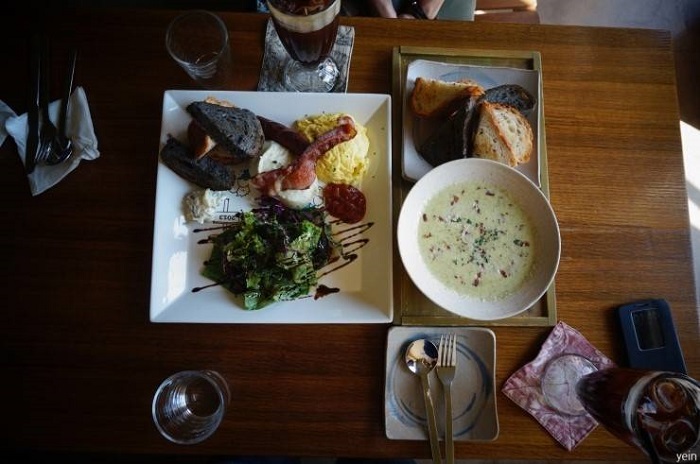

![Seochon Guest House [Korea Quality] / 서촌 게스트하우스 [한국관광 품질인증]](http://tong.visitkorea.or.kr/cms/resource/41/2447241_image2_1.jpg)
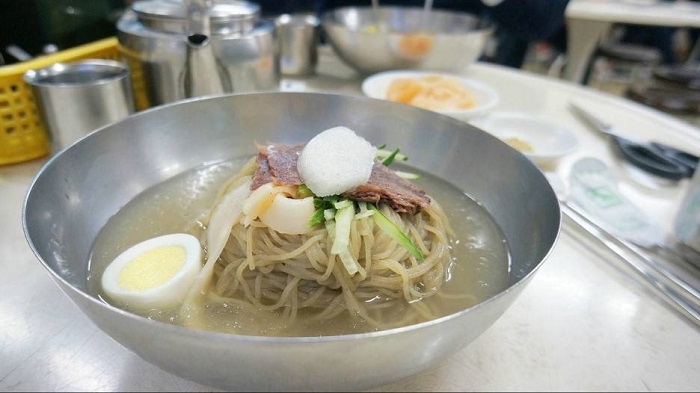
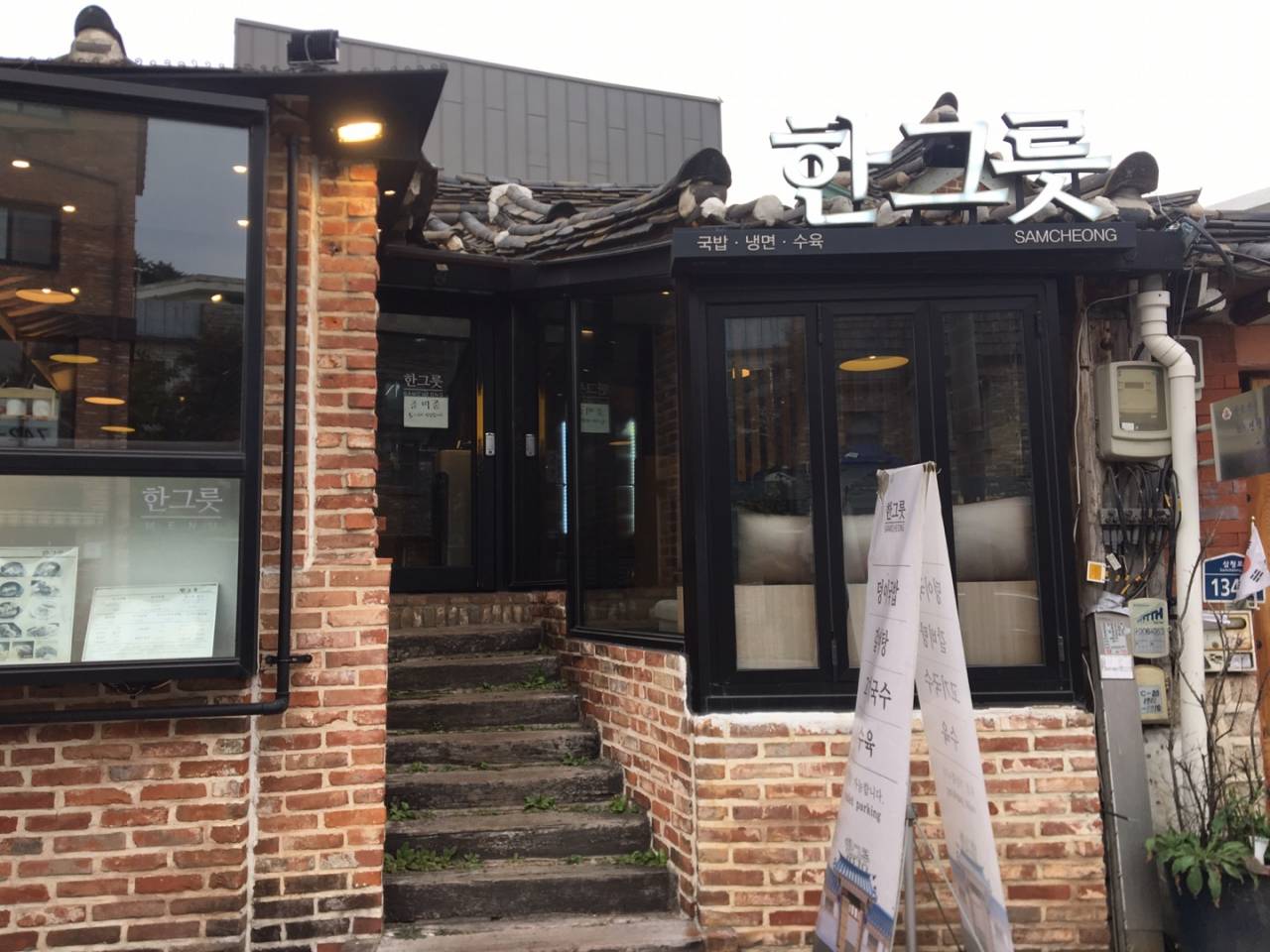
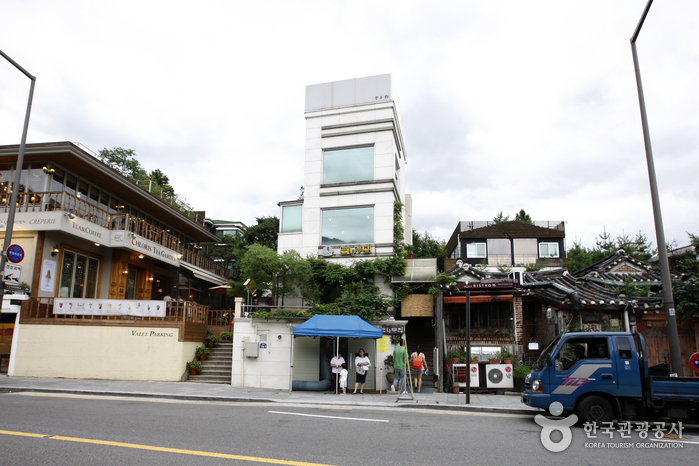

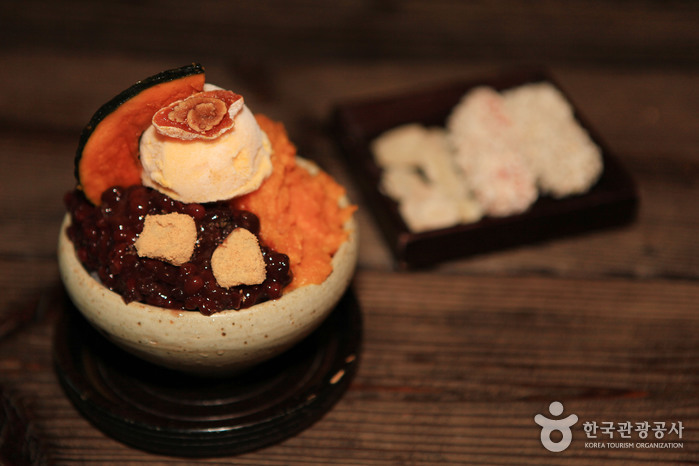
 Français
Français
 한국어
한국어 English
English 日本語
日本語 中文(简体)
中文(简体) Deutsch
Deutsch Español
Español Русский
Русский